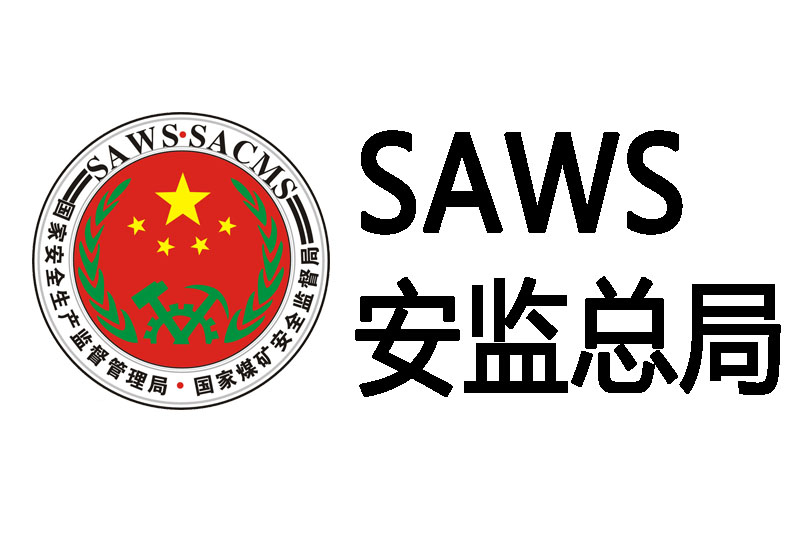The revised “Guidelines for the Testing of Chemicals”--Volume 1: Physical-Chemical properties and physical hazards will be published by the end of Jun, 2013, followed by another two volumes on effect on the biotic system and degradation/accumulation and health effect. As the major reference for data generation under China NCSN, the publication of the revised guideline guarantees far-reaching implications on the chemical management in China.
Revision Background
The first edition of “Guidelines for the Testing of Chemicals” was published on May 2004, which consists of 90 testing items and 101 testing method. It serves as the normative reference documents for the environmental standard “HJ/T 153-2004”. Drawing from the OECD guidelines for the testing of chemicals and relevant testing methods of USEPA and ISO, this publication is so called “the very first technical document in China chemical management standard and normative system”, which plays an irreplaceable role in guiding the testing of new & existing chemicals substances, establishment of qualified testing institutions, preparing China NCSN materials. For the past five years, more than 100 new national standards of chemical/agrochemical testing methods have been published. In order to keep abreast with the evolving international testing technology, the MEP has spent almost two years to formulate the 2nd version of the guidelines. Over 30 laboratory experts from testing institutions such as Shanghai Research Institute of Chemical Industry Testing Center (SRICI), Shenyang Research Institute of Chemical Industry (SYRICI), Zhejiang Academy of Agriculture Sciences (ZAAS), Nanjing Institute of Environmental Sciences, MEP (NIES) have participated the endeavor. The Academician Cai Daoji of Chinese Academy of Engineering” provided great support to th revision work as well as prefacing the to be released publication, quoted from Mr. Liu Chunxin, the major responsible formulator from the CRC-MEP.
Structure of the Document
“Guidelines for the Testing of Chemicals” (2nd ver) is divided into three volumes, covering 165 testing items and 186 testing methods, which is expected to be released batchwise.
Table. Structure of the Guidelines for Testing of Chemicals
Volume no. | Contents | Testing Items | Testing Methods |
Volume 1 | Physical-Chemical Properties | 23 | 23 |
Physical Hazards (newly added) | 16 | 17 | |
Volume 2 | Effect on the Biotic systems | 35 | 36 |
Degradation/Accumulation | 18 | 37 | |
Volume 3 | Health Effect | 73 | 73 |
Highlights of the Revision
Consistency with the 2012 version of OECD guidelines for the testing of chemicals
The spirit to keep consistent with the internationally recognized golden principle in the field of testing of chemicals is maintained. The revision was made by majorly referring to the 2012 version of the OECD guidelines for testing of chemicals to keep abreast with the developments occurring in the international world in terms of testing facilities and techniques. 34 testing methods have been updated in the revised guidelines by taking into account the international developments.
Inclusion of physical hazards testing methods
The testing methods for physical hazards are newly incorporated into the revised guidelines according to the UN “Globally Harmonized System of Classification and Labeling of Chemicals (GHS)”, by referring to the testing methods identifying the physical hazards in the UN Recommendations on the Transport of Dangerous Goods-Manual of Tests and Criteria, due to lack of corresponding contents to be referred in the OECD testing guidelines.
Adoption of alternative animal testing
Alternative animal testing has long been the topic of debate in the international world. To follow the EU ban on animal testing and spirit of animal welfare, a number of In Vitro testing methods have been adopted in the revised guidelines, with some of them listed as follows:
OECD 428 Skin Absorption: In Vitro Method
OECD 430 In Vitro Skin Corrosion: Transcutaneous Electrical Resistance Test (TER)
OECD 431 In Vitro Skin Corrosion: Human Skin Model Test
OECD 432 In Vitro 3T3 NRU Phototoxicity Test
OECD 439 Reconstructed Human Epidermis Test Method
OECD 487 In Vitro Mammalian Cell Micronucleus Test
The revising body remains conservative on testing methods which were widely replaced in the international environment while still being prevalently adopted in China. Instead of phasing out the outdated testing methods, the revised guidelines allow the coexistence of both the old and new testing methods, which provides the flexibility to the labs to conduct comparison and validation study.
More testing methods targeting China NCSN
The revising authority MEP, which is mainly responsible for the China NCSN administration work, has included more testing methods to meet the notification data requirements (hazard identification, classification and labeling).
To be specific,
17 testing methods have been added to physical hazards part;
18 testing methods have been included for the toxicity to the terrestrial, aquatic and amphibian animals;
19 testing methods have been added to various simulated systems including seawater, waste water treatment factory, soil, surface water, sedimentation, etc.
27 testing methods have been added to the health effects testing.
Risk assessment oriented
The chemical management in China has entered the risk assessment phase, which has induced stricter requirements on testing data of chemicals, especially hazard classification, toxicity and accumulation to the environment and life being, and environmental behavior in the simulated system.
















